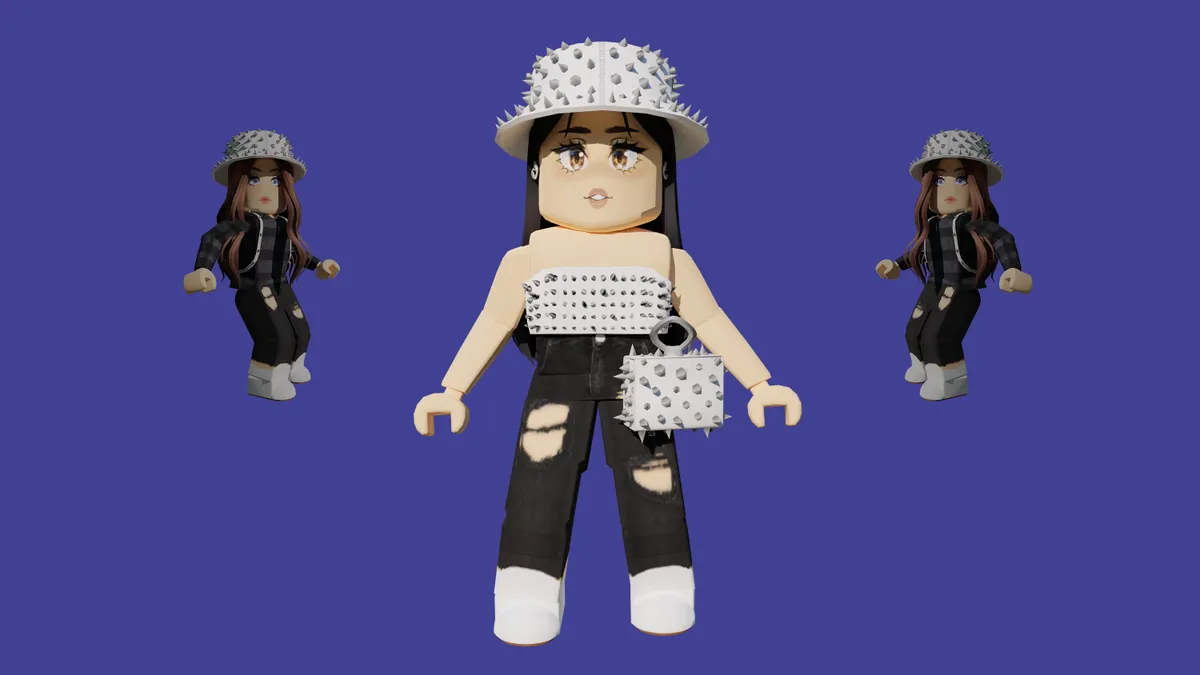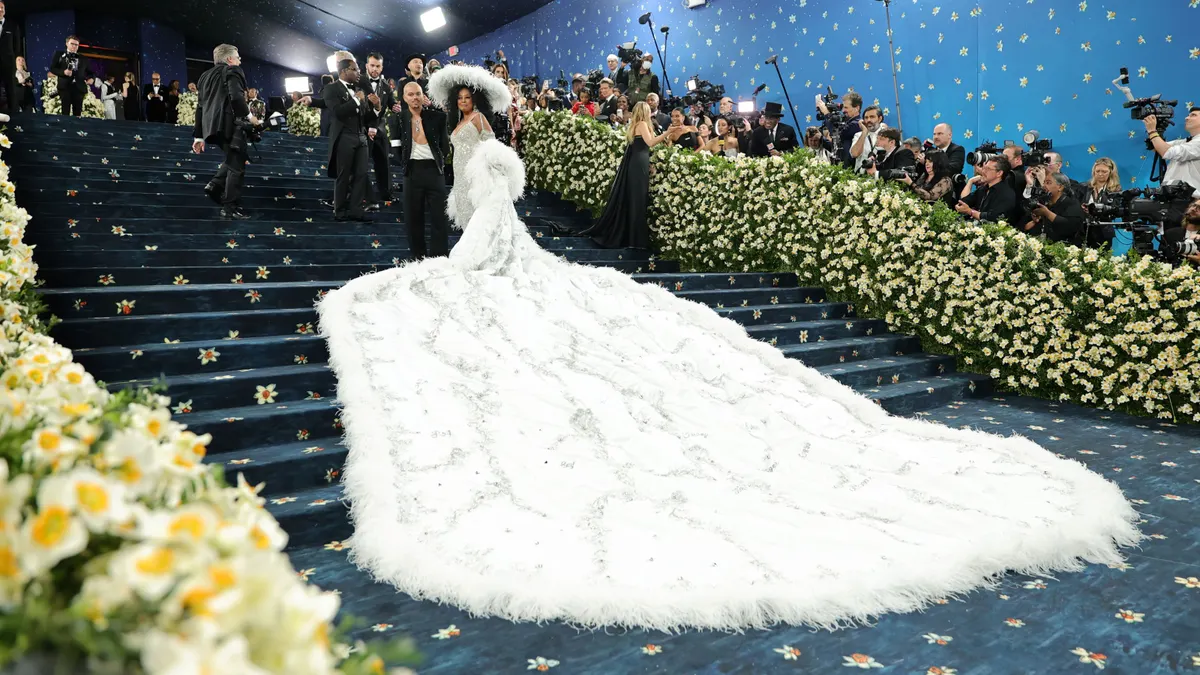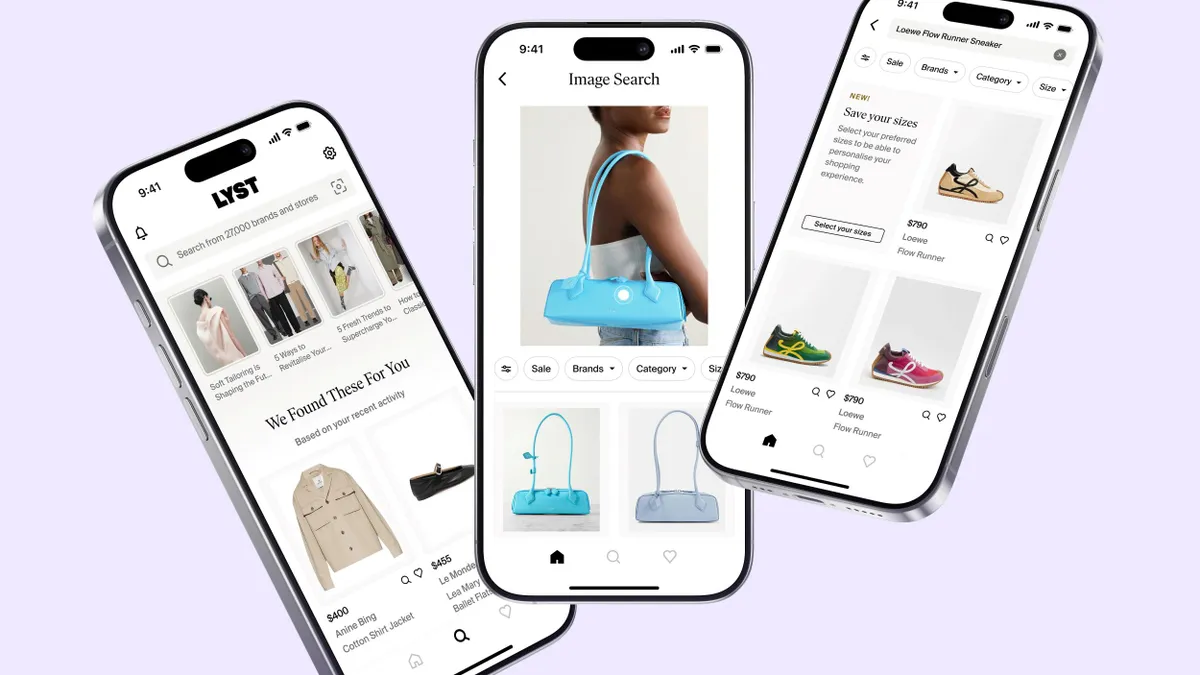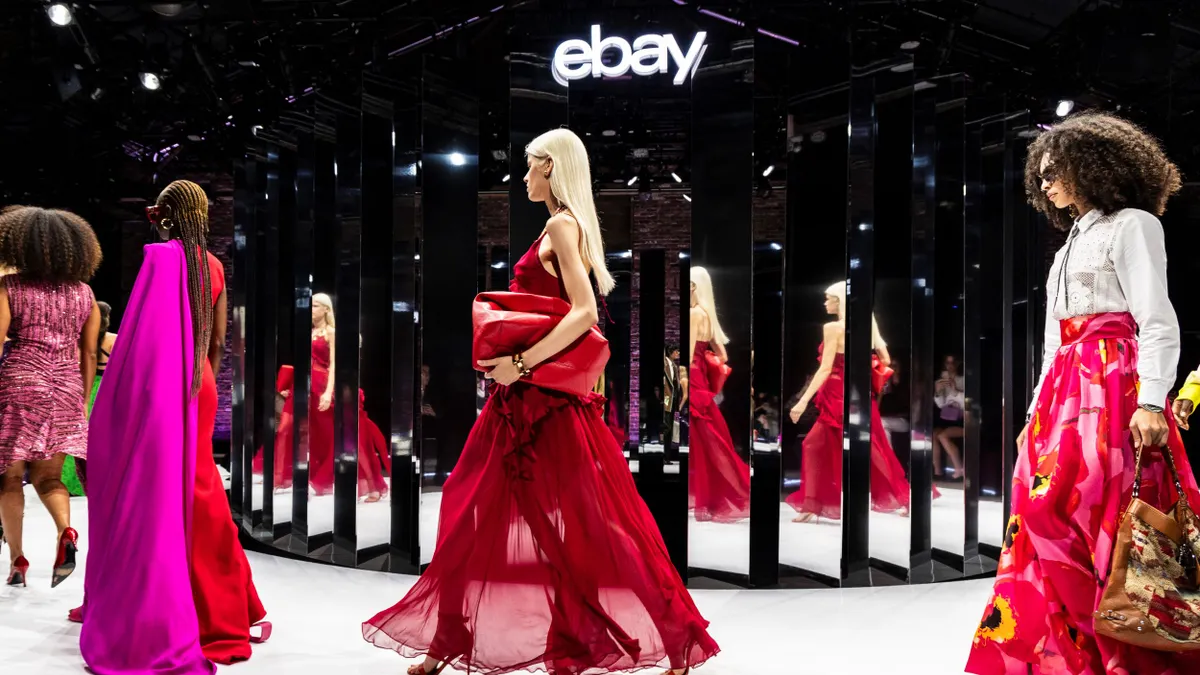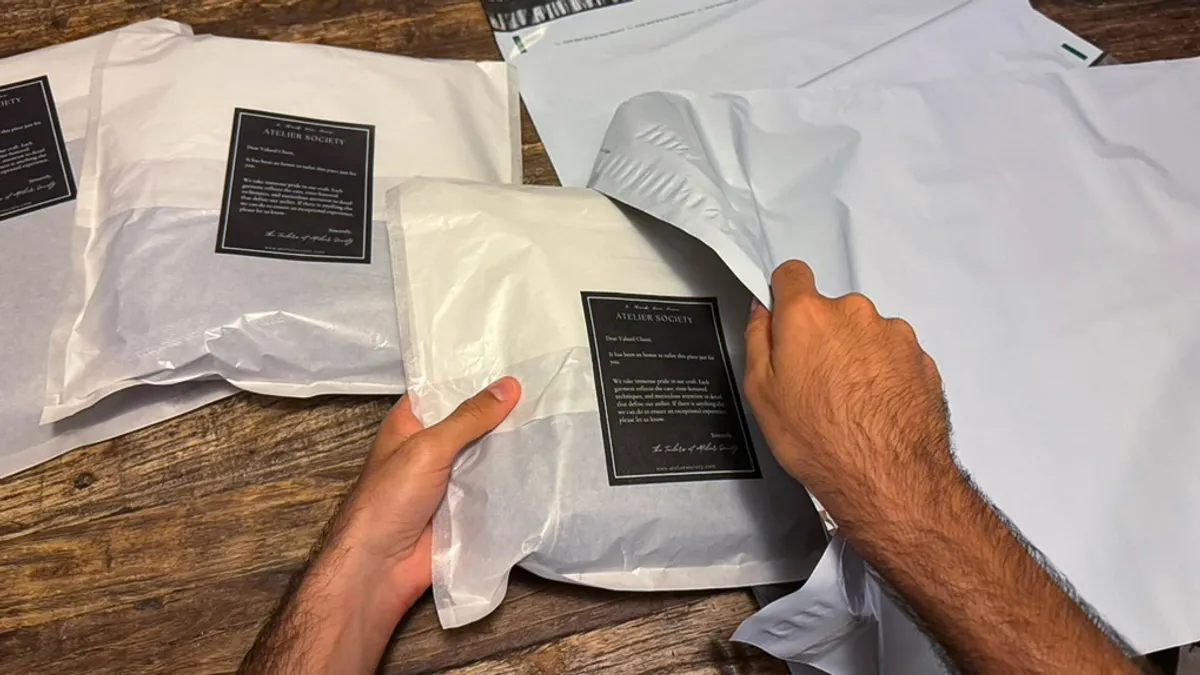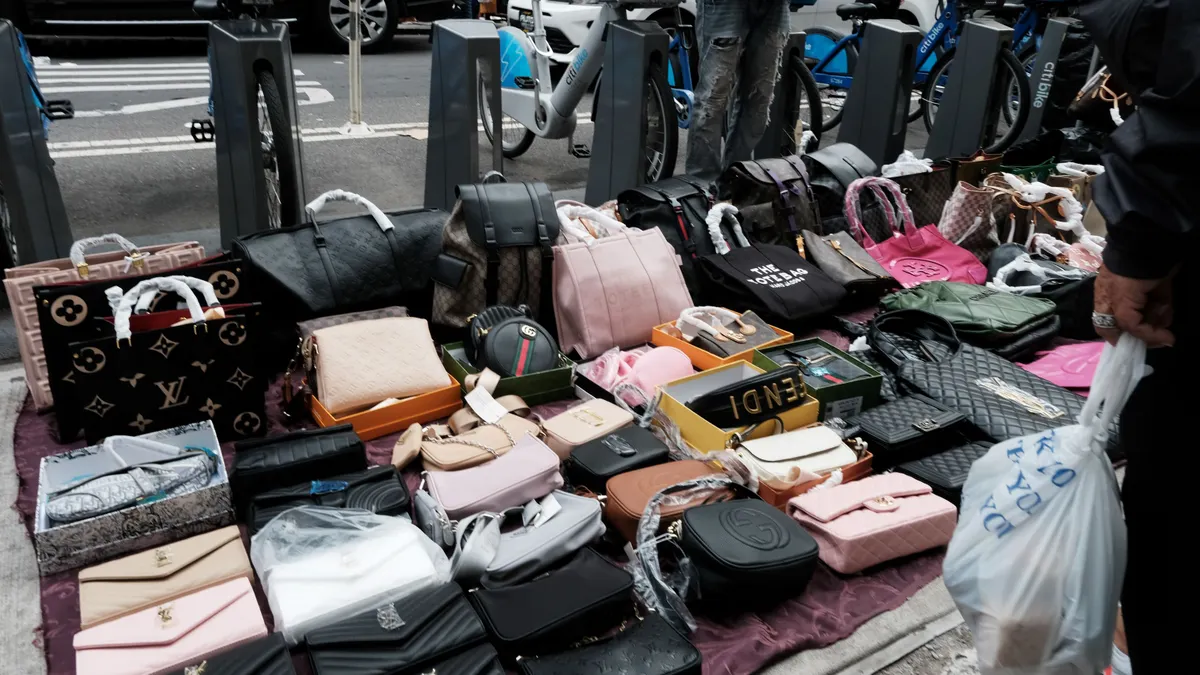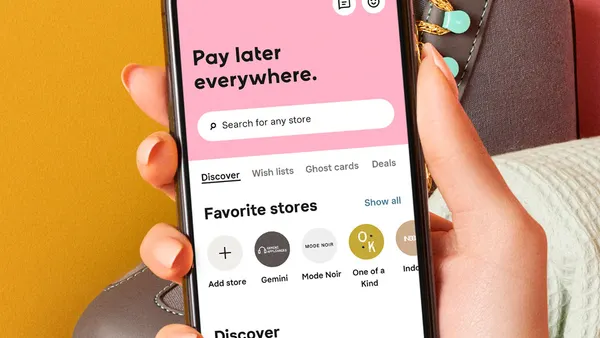In the metaverse, a 3D immersive environment where creativity and experimentation seem limitless, fashion brands should understand that digital apparel serves a different purpose.
In virtual worlds, clothing “is more about communication than it is in real life,” said digital fashion designer Samuel Jordan. The 23-year-old has sold over 30 million digital items in the past four years on the immersive platform Roblox, according to the company. He also curated Forever 21’s fashion collection on Roblox, including a black beanie emblazoned with the word “FOREVER.” Despite the retailer’s initial rebuff that it’s not a logo brand, he explained, “You want to be able to tell people: ‘I went to the Forever 21 game. It was cool. Look at what I got.’”

That virtual hat, which cost less than $200 to build, was popular enough to leap from screen to stores last December, said Justin Hochberg, founder and CEO of Virtual Brand Group, which spearheads Forever 21’s metaverse projects. It inspired a physical collection, including an acrylic knit beanie, tees and hoodies, all featuring the Forever logo. Plus it gave bragging rights to Forever 21. Although Forever 21 Shop City doesn’t boast the highest number of visits on Roblox (around 264,000 visits compared to more than 33 million to Nikeland and 20 million to Gucci Garden, which was open for only two weeks, based on Roblox data), Roblox confirmed Forever 21 is the first fashion brand to sell a physical item based on a digital style created for its marketplace.
The metaverse-inspired collection is sparking interest across all categories, said Winnie Burke, Roblox’s head of fashion, luxury, beauty and retail partnerships. “Not to put any spoiler alerts here, but there’s definitely other things like that, that are in the works for the future,” she said in a video call. Considering 70% of Gen Z players on Roblox said in a recent survey that they get physical style inspiration from dressing their avatars, companies can envision “a future where users and consumers are really going to be sort of converging and actually taking more chances in both environments,” she said.
Some have dubbed this trend the cartoonification of clothing; others have combined “physical” and “digital” for “phygital” fashion. Whatever it’s called, its trajectory continues forward, as the barriers between physical and digital are increasingly blurred. While Meta (formerly Facebook) and other companies have moved away from the metaverse, a number of digitally-native fashion entrepreneurs, designers and consumers have found inspiration in immersive 3D environments and tapped into artificial intelligence, 3D layered clothing, Web3 and other tech. Using this R&D, they create physical items based on digital designs.
At some point, all fashion brands will be involved in the metaverse, said fashion designer Nova Lorraine, who’s an advisory board member of the decentralized autonomous organization Metaverse Fashion Council. “Like we went from just having websites to incorporating social media,” she said by phone, “the metaverse is going to be another channel in the omnichannel strategy.”
The fashion industry has wandered into the digital domain to find ideas for years. Luxury labels such as Louis Vuitton, Burberry, Ralph Lauren and Coperni have referenced motifs from games including League of Legends, Minecraft, Fortnite and Roblox in ready-to-wear and accessories. Loewe’s pixelated handbags, mini skirts and other pieces. And Dsquared2 told Fashion Dive in an email that this June, it’s offering a capsule collection featuring colorful characters and computer-style graphics from the arcade game Pac-Man.
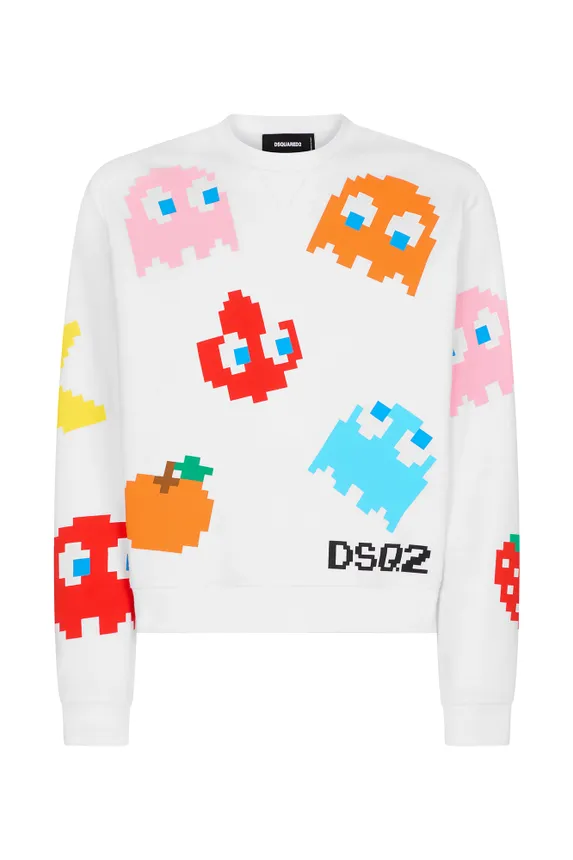
Footwear companies also want in on the action. People can stomp like Halo supersoldiers in Wolverine boots. Super Mario transformed into a hypebeast when Red Wing cobbled colossal boots for him. Marketed as “cartoon boots for a cool 3D world” on its site, MSCHF’s big red boots appeared to have been snatched from Astro Boy’s closet.
“Style trends go both ways,” said Jordan, who’s also collaborated with Stella McCartney, Burberry and Rebecca Minkoff on Roblox collections, in a video call. “You see a lot of things get popular in the real world, then they’re popular on Roblox. You see trends start online [and] they’ll transition into real fashion. So it’s definitely a symbiotic relationship.”
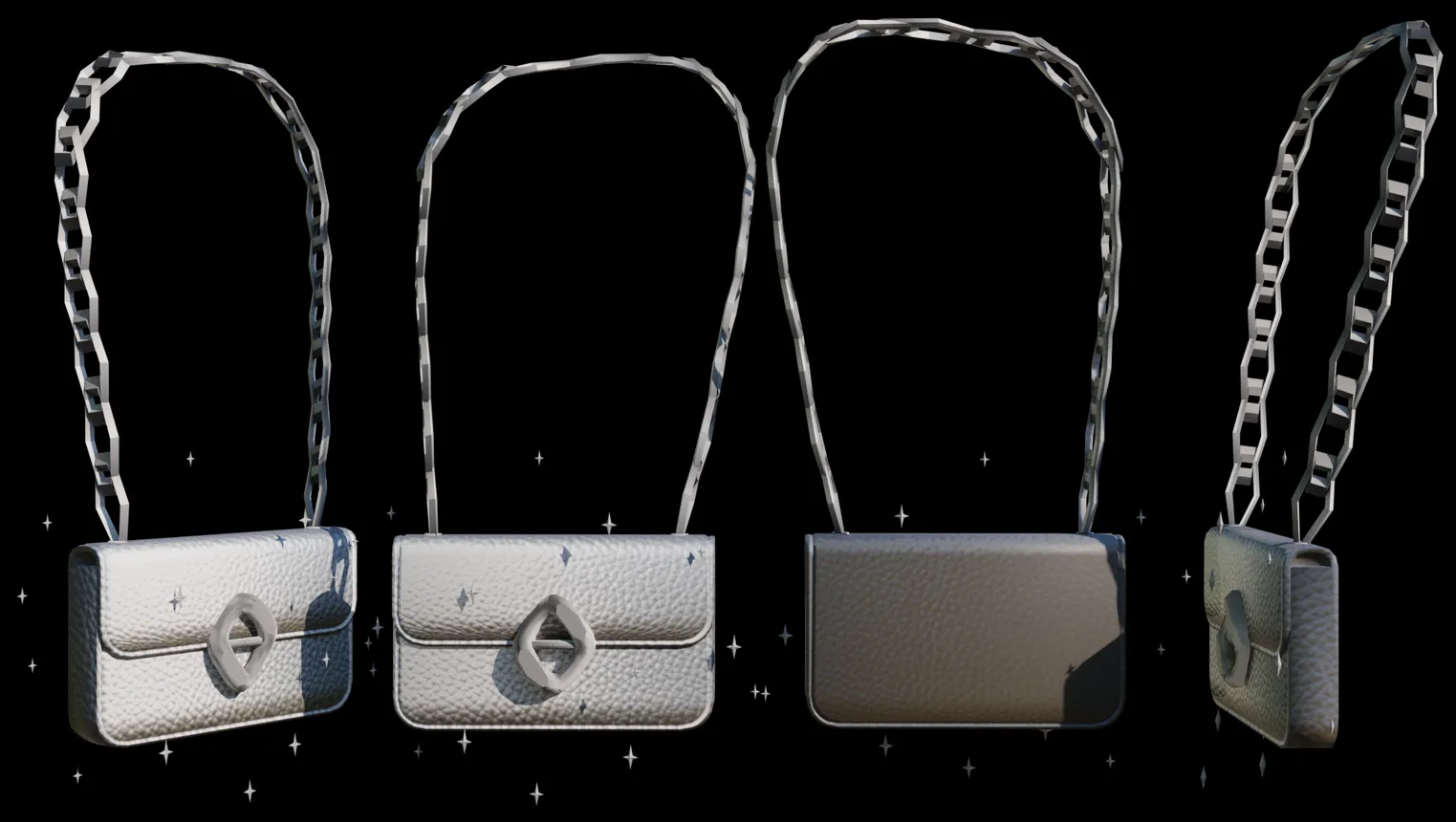
At a moment when it’s difficult to keep up with fast-changing trends, consultant Andrew Roth’s advice for fashion brands is to switch focus from day-to-day trends to the overall themes and behaviors emerging at the macro scale.
“By focusing on those and understanding who your audience is, you’ll be able to speak a lot more truthfully to the consumers that you want to be appealing to,” said Roth, founder and CEO of DCDX, a strategy and advisory firm focused on Gen Z.
When it comes to collaborating and building community, the metaverse can show a different way of working.
A year after acquiring RTFKT, a studio that produces virtual sneakers and other collectibles, Nike jumped into Web3, which is defined as the next iteration of the internet that embraces decentralization and user-based operations and ownership through blockchains, cryptocurrencies and non-fungible tokens. Last December the footwear giant introduced Cryptokicks iRL sneakers. The shoes were sold via NFT as a digital collectible with a physical counterpart enhanced by automatic lacing and lights illuminating the arches. Nike’s leading a growing pack. LØCI, a sustainable sneaker brand that counts actor Leonardo DiCaprio as an investor, said its recent phygital shoe design competition with Aglet, a virtual shopping game for sneakerheads, drew over 30,000 entries. Meanwhile, rapper Lil Durk put his own spin on phygital footwear by cofounding NFT shoe brand NXTG3NZ, which launched on April 11.
Swan Sit, former global head of digital marketing at Nike, Estée Lauder and Revlon, and now a strategy, marketing and Web3 advisor, said luxury items and sneakers, which share similar mindsets around hype, collectibility and community, will make smooth transitions early into Web3.
Moreover, she said NFTs could help plan and manufacture physical products more precisely.
“The sale of NFTs matched to actual products can predict the number of orders and size distribution, and potentially pair digital and physical twins for inventory, tracking and [customer relationship management],” she said in an email. “It’s early and much infrastructure is needed to make this faster, but maybe it's a shift of values from convenience to community.”
Community sits at the center of everything Web3-native sneaker brand SOL3MATES does, according to cofounder and CEO Nick Vinckier. Owned by luxury retailer Chalhoub Group, SOL3MATES picks up-and-coming designers to create limited-edition shoes that consumers who purchase NFTs can buy first at a discount. Other perks for NFT holders include the chance to vote on future colorways or gain access to a digital 3D world. French product designer Kacimi Latamène, a 3D-rendering expert who’s created concepts inspired by ASICS and Nike, designed an extra-wide sole for a shoe upper that was molded with curvy lines and intended to evoke the sirocco wind swirls that inspired the shoe’s name. The first NFT launched on May 4, and will be followed by delivery of virtual sneakers in September and IRL shoes in December, the company said.
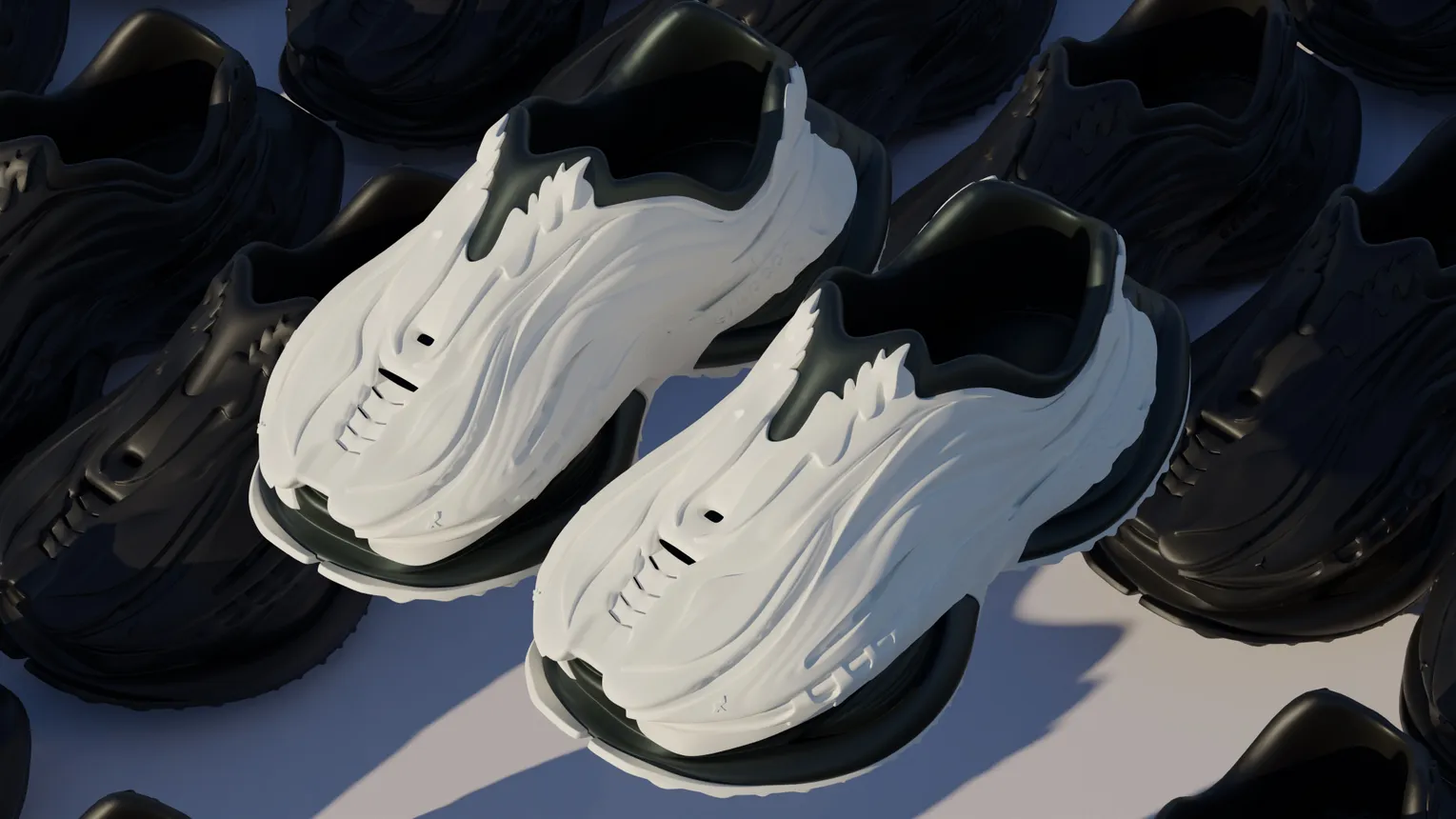
“We don’t want to create normal shoes,” Vinckier, who’s also Chalhoub’s head of corporate innovation, said in a webinar. “We want to push the boundaries of innovation and what is possible in terms of design and storytelling.”
For designers, AI can assist with innovating. Nova Lorraine, who owns a high-end clothing line called House of Nova, said generative AI can triple the number of designs she sketches in an hour. It also saves her from spending upwards of $7,000 to source fabric, cut a pattern and sew a style. “When looking at which items I’m going to choose to bring to light, I don’t have to do the sample first,” she said. “That’s where it becomes a fraction of the cost.”
Others have the same idea. G-Star Raw used AI app Midjourney to design a denim cape, which it said will ultimately be displayed in its Antwerp store. At the debut of AI Fashion Week earlier this year, over 350 AI-designed collections were submitted in a competition for an opportunity to produce physical pieces with retailer Revolve Group.
Essentially, the metaverse can provide data on which trends work and how to guide the direction of physical collections. In the case of Forever 21’s beanie on Roblox, the digital style inspired the IRL item, which then led to limited virtuals for testing new physical products, said Hochberg. “We always think of it as an infinite loop of innovation,” he said.


